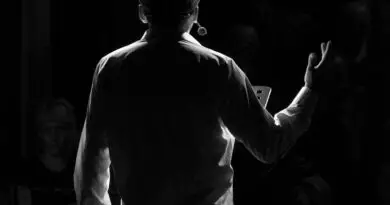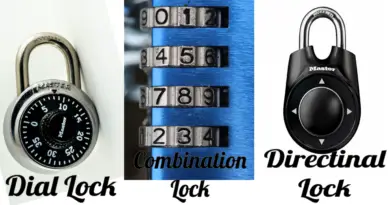10 Best Escape Room Puzzle Ideas for an Engaging Experience
Introduction
Escape rooms are a popular form of entertainment that involves solving puzzles and clues to escape a themed room within a certain time limit. These experiences have gained a lot of popularity in recent years, with many people seeking out new and creative escape room puzzle ideas. In this article, we will explore the best escape room puzzle ideas to help you design an engaging and challenging escape room experience that your guests will love.
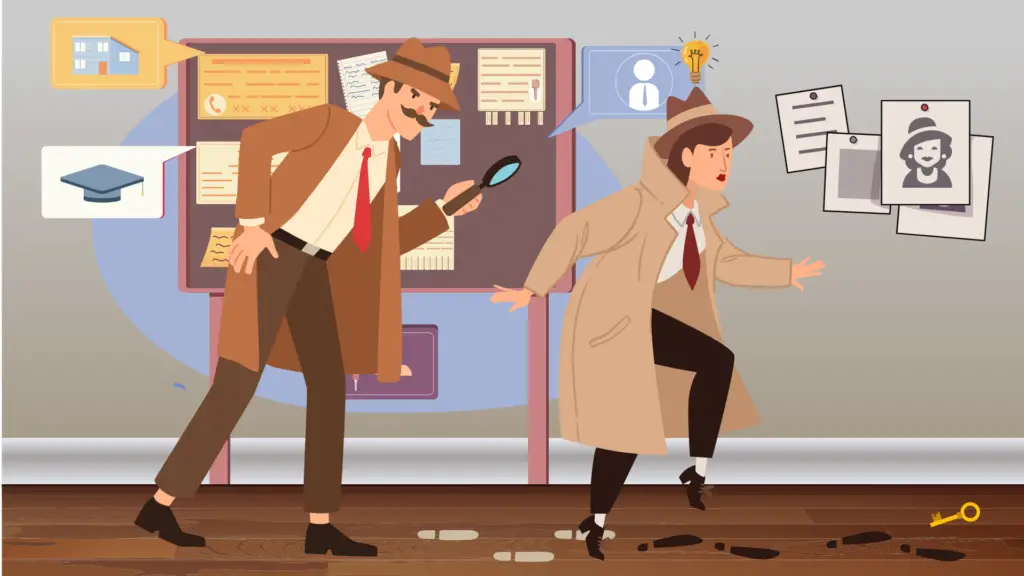
Cryptography
Cryptography is the practice of writing or solving codes. This is a great puzzle idea for an escape room, as it challenges players to use their problem-solving skills to decipher clues and codes to move forward in the game. There are many different types of ciphers, such as substitution ciphers, Caesar ciphers, and Vigenere ciphers, that you can use to create challenging puzzles. For example, you can create a cipher using a series of symbols, such as arrows or stars, that players must decode to move forward in the game.
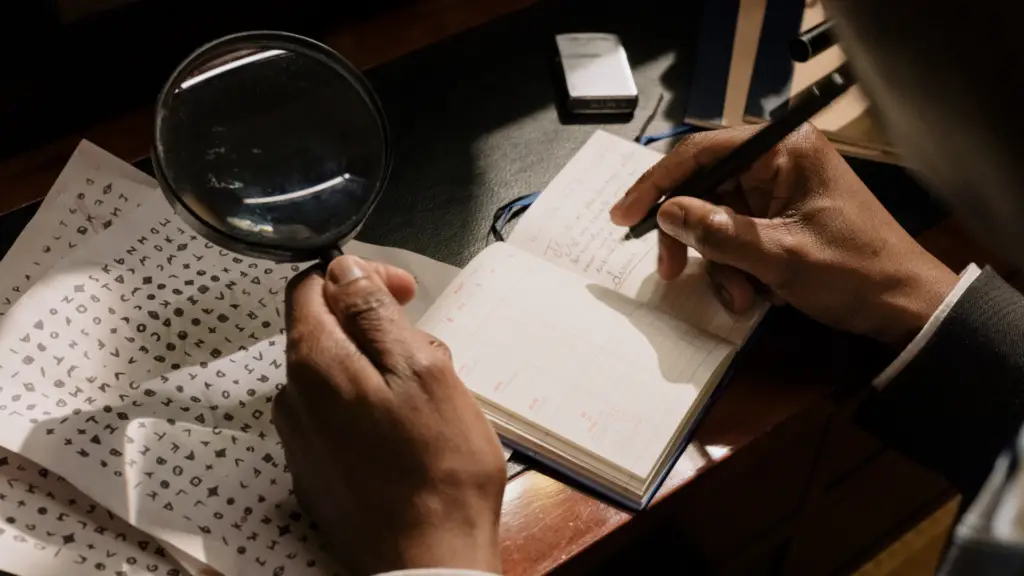
Hidden Objects
Hidden objects puzzles are another popular type of escape room puzzle. These puzzles require players to find and collect a series of objects hidden throughout the room to unlock a final puzzle or clue. You can use everyday objects, such as books, pictures, or furniture, to hide clues, or create custom objects that players must search for. For example, you can hide a key inside a locked book, which players must find to unlock a door or solve a puzzle.
Jigsaw Puzzles
Jigsaw puzzles are a classic type of puzzle that can be adapted to an escape room theme. You can create custom jigsaw puzzles using images related to your escape room theme, such as a picture of a treasure map or a mysterious symbol. Players must solve the puzzle to reveal a clue or unlock a door. To make the puzzle more challenging, you can create custom shapes or cutouts that players must fit together.
Combination Locks
Jigsaw puzzles are a classic type of puzzle that can be adapted to an escape room theme. You can create custom jigsaw puzzles using images related to your escape room theme, such as a picture of a treasure map or a mysterious symbol. Players must solve the puzzle to reveal a clue or unlock a door. To make the puzzle more challenging, you can create custom shapes or cutouts that players must fit together. For more details about the best locks to use in an escape room, check out our article “7 Essential Escape Room Locks Revealed! And The Secrets Of How To Use Them”.
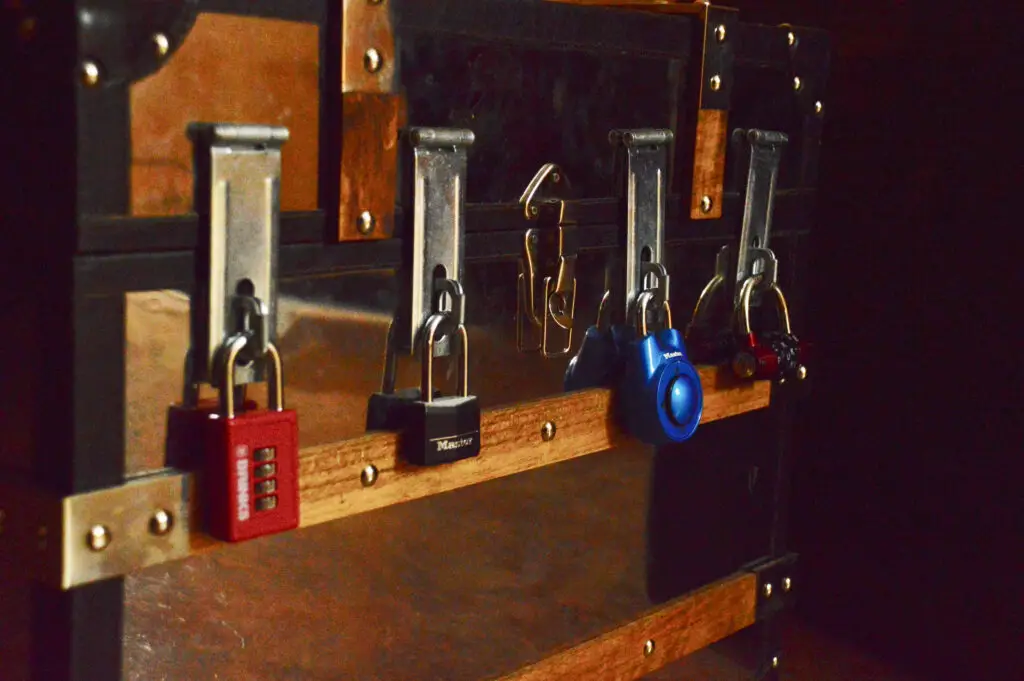
Riddles
Riddles are a classic puzzle type that can be adapted to an escape room theme. These puzzles challenge players to think creatively and use their problem-solving skills to solve a series of clues or riddles. You can use a variety of different types of riddles, such as word puzzles, visual puzzles, or logic puzzles, to create a unique challenge. For example, you can create a riddle that requires players to use a mirror or other reflective surface to read a hidden message.
Mechanical Puzzles
Mechanical puzzles are physical puzzles that challenge players to manipulate objects or solve mechanical problems to move forward in the game. These puzzles can be very engaging and can create a tactile and immersive experience for players. You can use a variety of different types of mechanical puzzles, such as gear puzzles, sliding puzzles, or maze puzzles, to create a unique challenge. For example, you can create a puzzle where players must move a ball through a maze to unlock a door or reveal a clue.
Audio Clues
Audio clues are a unique and immersive way to create puzzles in an escape room. You can use a variety of different types of audio clues, such as recordings, music, or sounds, to create a unique and engaging puzzle. For example, you can create a puzzle that requires players to listen to a series of recordings and use the information they hear to solve a clue or unlock a door.
Interactive Props
Interactive props are a great way to create a realistic and immersive escape room experience. You can use a variety of different types of props, such as fake weapons, books, or artifacts, to create a puzzle or challenge. For example, you can create a puzzle that requires players to use a prop to reveal a hidden message or solve a clue.
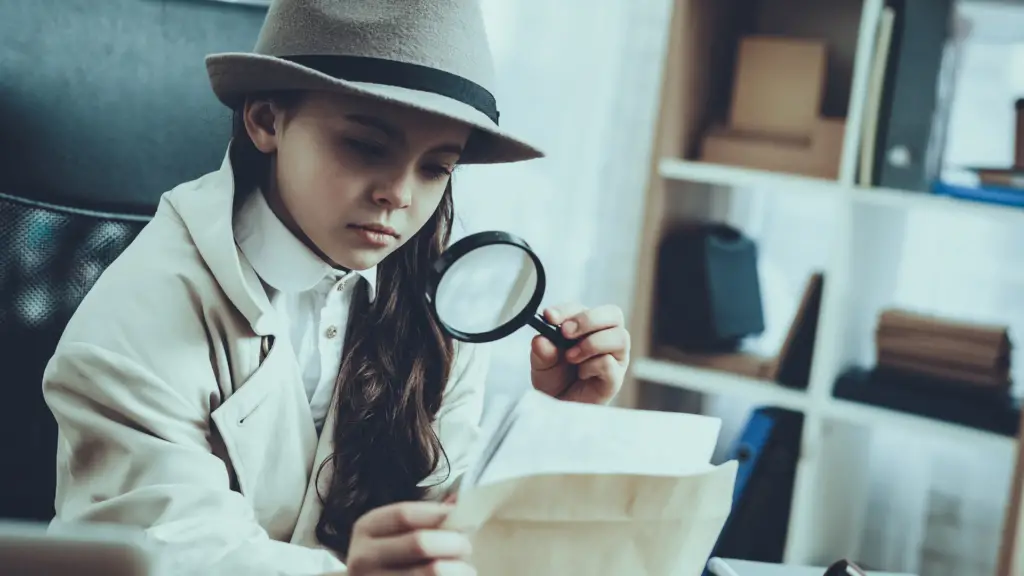
Role-Playing Puzzles
Role-playing puzzles are a unique and engaging way to create an escape room experience. These puzzles require players to assume a specific role or character and use their acting skills to solve a puzzle or challenge. For example, you can create a puzzle that requires players to act out a scene or use their knowledge of a specific character to solve a puzzle.
Collaborative Puzzles
Collaborative puzzles are a great way to promote teamwork and cooperation among players. These puzzles require players to work together to solve a challenge or unlock a clue. For example, you can create a puzzle that requires players to communicate and coordinate their actions to solve a complex challenge.
Conclusion
Escape room puzzles are a great way to engage and challenge players in an immersive and interactive experience. There are many different types of puzzles that you can use to create a unique and engaging escape room experience, such as cryptography, hidden objects, jigsaw puzzles, combination locks, riddles, mechanical puzzles, audio clues, interactive props, role-playing puzzles, and collaborative puzzles. By incorporating these puzzle ideas into your escape room, you can create a memorable and entertaining experience that your guests will love. Remember to keep your puzzles challenging, but not too difficult, and provide hints or clues if needed to keep players engaged and moving forward in the game.

